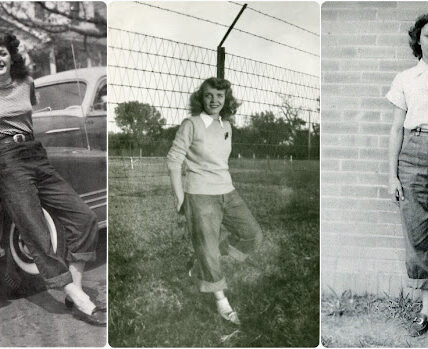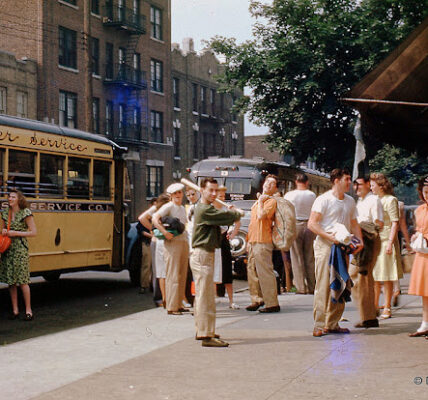Between the 1920s and the 1970s, a peculiar device known as the shoe-fitting fluoroscope, or X-ray shoe fitter, could be found in shoe stores across countries like the United States, the UK, and Australia. Originally hailed as a revolutionary tool for ensuring a perfect fit, this machine allowed customers to see X-ray images of their feet inside shoes. While it was especially popular for fitting children’s shoes, growing concerns over radiation exposure eventually led to its decline. Let’s explore the history, functionality, and health risks of the shoe-fitting fluoroscope, which ultimately transformed it from a cutting-edge invention to a cautionary tale.
The Invention of the Shoe-Fitting Fluoroscope
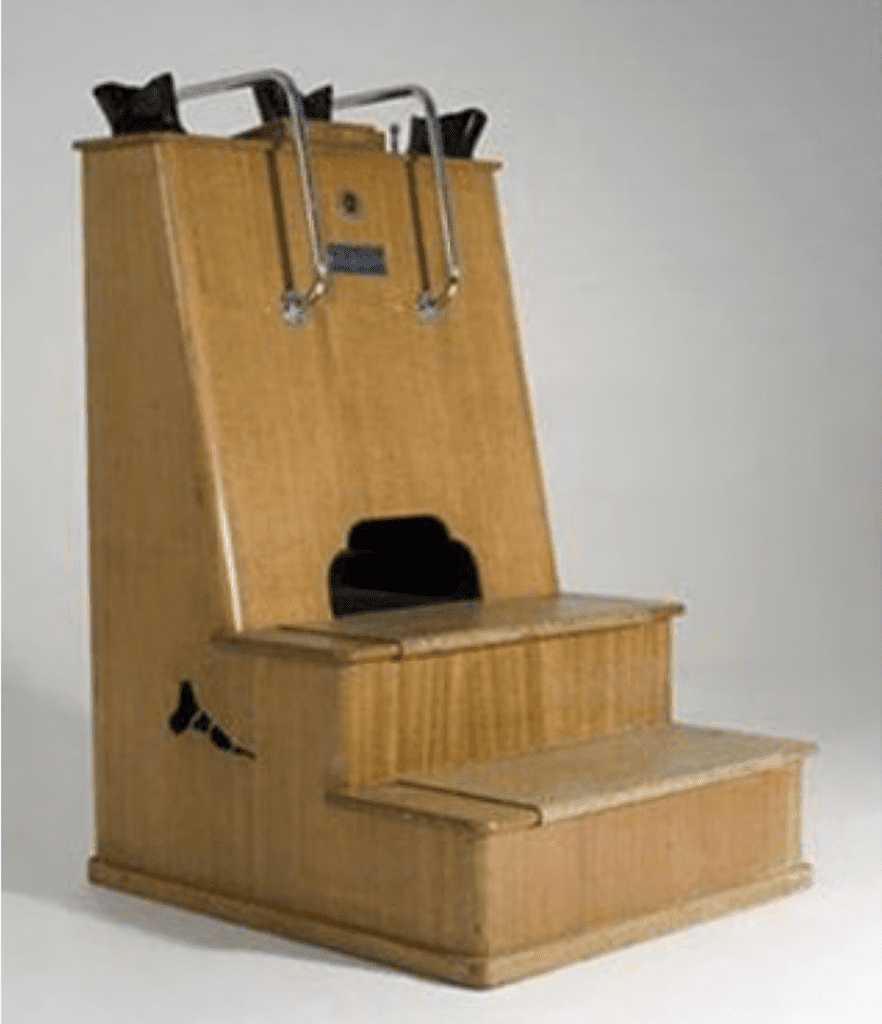
The origins of the shoe-fitting fluoroscope are somewhat disputed, with several inventors claiming to have developed the first device:
- Jacob Lowe: Often credited as one of the inventors, Lowe modified a medical X-ray device to demonstrate at shoe conventions in Boston and Milwaukee between 1920 and 1921. His US patent, filed in 1919 and granted in 1927, was eventually sold to the Adrian Company of Milwaukee.
- Matthew Adrian: Another contender for the invention, Adrian, is associated with developing the X-ray shoe fitter. A 1922 advertisement claimed that Matthew invented and built one of the earliest models.
- Clarence Karrer: Karrer, the son of an X-ray equipment distributor, claimed to have built the first shoe-fitting fluoroscope in 1924 in Milwaukee but alleged that his idea was stolen by an employee of his father’s company.
- The Pedoscope Company: In the UK, a company called Pedoscope filed for a British patent in 1924, claiming to have manufactured shoe-fitting fluoroscopes since 1920.
Despite the uncertainty around its invention, the device became popular globally, thanks to the efforts of manufacturers like the Pedoscope Company and the X-ray Shoe Fitter Corporation of Milwaukee.
How the Shoe-Fitting Fluoroscope Worked
The shoe-fitting fluoroscope was designed to provide a unique X-ray view of the feet inside a shoe. Here’s how it worked:
- Physical Structure: The device stood about four feet high and resembled a small column. Constructed from metal and wood, it had an opening at the base where customers placed their feet.
- Viewing Port: A viewing port at the top allowed customers, parents, and sales assistants to look down at an X-ray image of the feet inside the shoes.
- Internal X-Ray View: The machine produced a detailed image of the bones of the feet and the shoe’s outline, including visible stitching. This X-ray view was intended to help ensure a better fit, focusing on how the shoe accommodated the toes and the available space for movement.
While it initially seemed like a brilliant solution for shoe fitting, especially for children whose feet grew quickly, the device had hidden risks that weren’t well understood at the time.
Radiation Exposure: The Dark Side of the Fluoroscope
Despite its innovative appeal, the shoe-fitting fluoroscope became controversial due to its radiation hazards. While the short-term risks of X-rays, such as skin burns, were recognized as early as 1895, the long-term effects of chronic radiation exposure were not well understood until the late 1940s. Here’s why the fluoroscope posed a significant health risk:
- High Radiation Levels: Depending on the model and maintenance, the fluoroscope exposed customers’ feet to varying doses of radiation. In the US, the average exposure was 13 roentgens (r) during a 20-second session, with some machines delivering up to 116 r in the same timeframe. In comparison, British Pedoscopes emitted about ten times less radiation, but the levels were still concerning.
- Cumulative Exposure: Shoppers often tried multiple pairs of shoes, resulting in repeated exposure to radiation. Over time, the cumulative dose could be dangerous, especially for children, whose tissues are more sensitive to radiation.
- Leakage Hazards: Many machines lacked proper shielding, causing radiation to leak in all directions. Displaced shielding materials, often removed to improve image quality or reduce machine weight, worsened this problem. This leakage increased the risk for both customers and shoe salespersons.
- Occupational Exposure for Salespersons: Shoe salespeople faced chronic exposure from operating the fluoroscope. Studies in the late 1940s and early 1950s revealed high radiation levels at pelvis height, measuring up to 95 milliroentgens (mr) per week. This equated to an annual dose of about 3.7 millisieverts (mSv), potentially rising to 50 mSv—well above modern safety limits.
The Decline of the Shoe-Fitting Fluoroscope
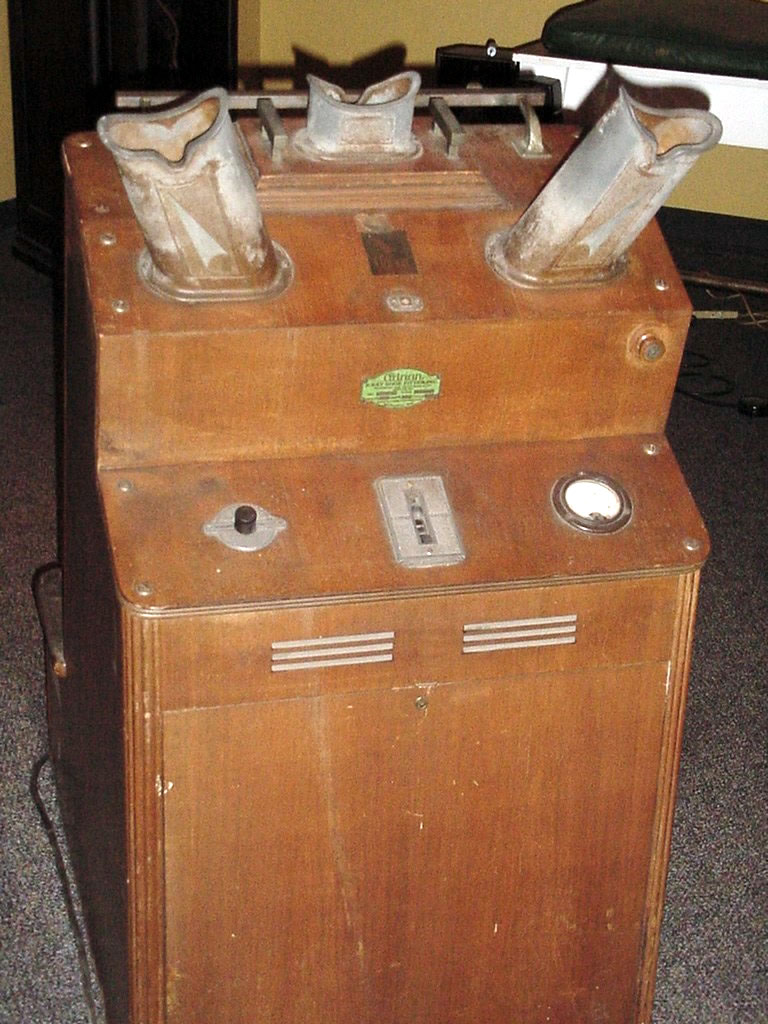
By the 1950s, growing awareness of the health risks led to evaluations of the device’s effectiveness and safety. Researchers found that shoe-fitting fluoroscopes were not only ineffective for measuring fit but also dangerous due to their radiation emissions. Some of the key factors that contributed to the device’s decline included:
- Scientific Studies: Medical articles in the early 1950s emphasized that radiation-induced injuries could occur at any exposure level, suggesting that even brief use of the fluoroscope could be hazardous.
- Regulatory Changes: As governments began implementing stricter regulations on radiation safety, manufacturers and retailers faced increasing pressure to remove the machines. Safety concerns, coupled with the availability of alternative methods for measuring shoe fit, led to the gradual phasing out of the fluoroscope during the 1960s and 1970s.
- Obsolete Technology: By the 1980s, the shoe-fitting fluoroscope had become largely obsolete, replaced by safer and more reliable methods, such as Brannock devices and foot-measuring tools that posed no health risks.
Legacy of the Shoe-Fitting Fluoroscope
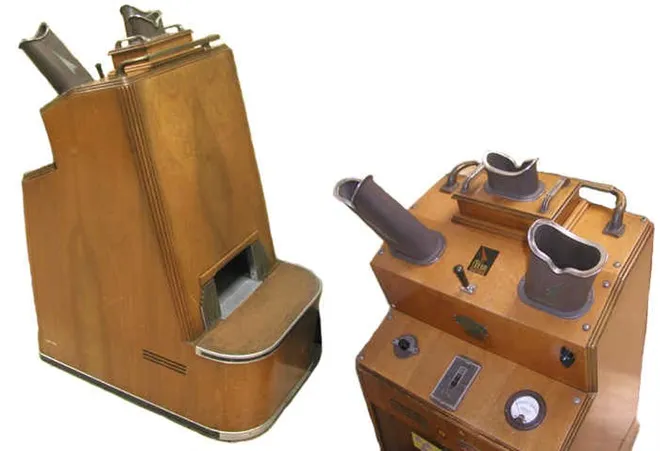
The story of the shoe-fitting fluoroscope serves as a reminder of how technological innovations can have unintended consequences. Initially celebrated as a modern solution for fitting shoes, the fluoroscope’s popularity ultimately waned due to its health risks. It’s a cautionary tale about the importance of safety in product design and operation, highlighting the need for thorough testing and evaluation before introducing new technologies to the public.
Today, shoe-fitting fluoroscopes are relics of the past, with surviving models displayed in museums like the Science Museum in London. They stand as historical reminders of the risks associated with early X-ray technology and the advancements in safety standards that followed.
Conclusion: Lessons Learned from the Shoe-Fitting Fluoroscope
The rise and fall of the shoe-fitting fluoroscope illustrate both the potential and pitfalls of early 20th-century innovation. While it represented progress in retail technology, its decline underscored the importance of safety and regulation in product development. Today, we benefit from more informed safety standards that ensure technological advancements are not only effective but also safe for users and operators alike. The story of the fluoroscope remains a fascinating chapter in the history of retail, highlighting the evolution of safety, awareness, and innovation.

